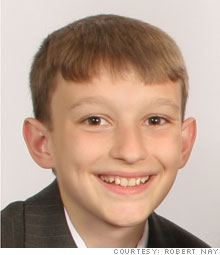
Shep and Ian Murray, CEOs and brothers (as they like to be called) created the now iconic clothing brand Vineyard Vines. The two brothers were working for in Manhattan in 1998 when they both decided to quit the corporate life to pursue their dream of living the good life hence their slogan “Every Day Should Feel This Good.” They say their story began with the reminiscence of their childhood on Martha’s Vineyard. Before quitting their jobs in NYC they signed up for as many credit cards as they both could (and used their health plan just as much, they like to say). With their credit cards they used all they could to personally finance their dream of living the good life.
(and used their health plan just as much, they like to say). With their credit cards they used all they could to personally finance their dream of living the good life.
July, 1999 the two brother began selling their ties off their old boat and out of backpack on Martha’s Vineyard. That summer saw the largest growth their new company Vineyard Vines (VV) had ever seen. By the end of the season VV moved to a small office on the island. By 2004, the Murray brothers’ company grew to multiple boutique shops along the East Coast. Between their expansion in ’04 and ’07 the new company’s revenue tripled. And, in 2015, VV christened its new 91,000 sq. ft. headquarters in Stamford, CT.
The story of the Murray brothers and Vineyard Vines goes to show that investing in yourself without a safety net is always the best motivator for any entrepreneur. Risk it all to get the best reward because “Everyday Should Feel This Good.”
 “Anti-Silicon Valley” startup named Uncharted Power. Using her intellectual property rights to kinetic energy products Matthews used her initial capital to expand her toy product line. But she realized something bigger could come of her inventions. After unveiling her new power-generating products, Matthews told Forbes that she has been in communication with Disney to develop full-scale energy production in “light poverty” areas.
“Anti-Silicon Valley” startup named Uncharted Power. Using her intellectual property rights to kinetic energy products Matthews used her initial capital to expand her toy product line. But she realized something bigger could come of her inventions. After unveiling her new power-generating products, Matthews told Forbes that she has been in communication with Disney to develop full-scale energy production in “light poverty” areas.

 The Problem
The Problem



